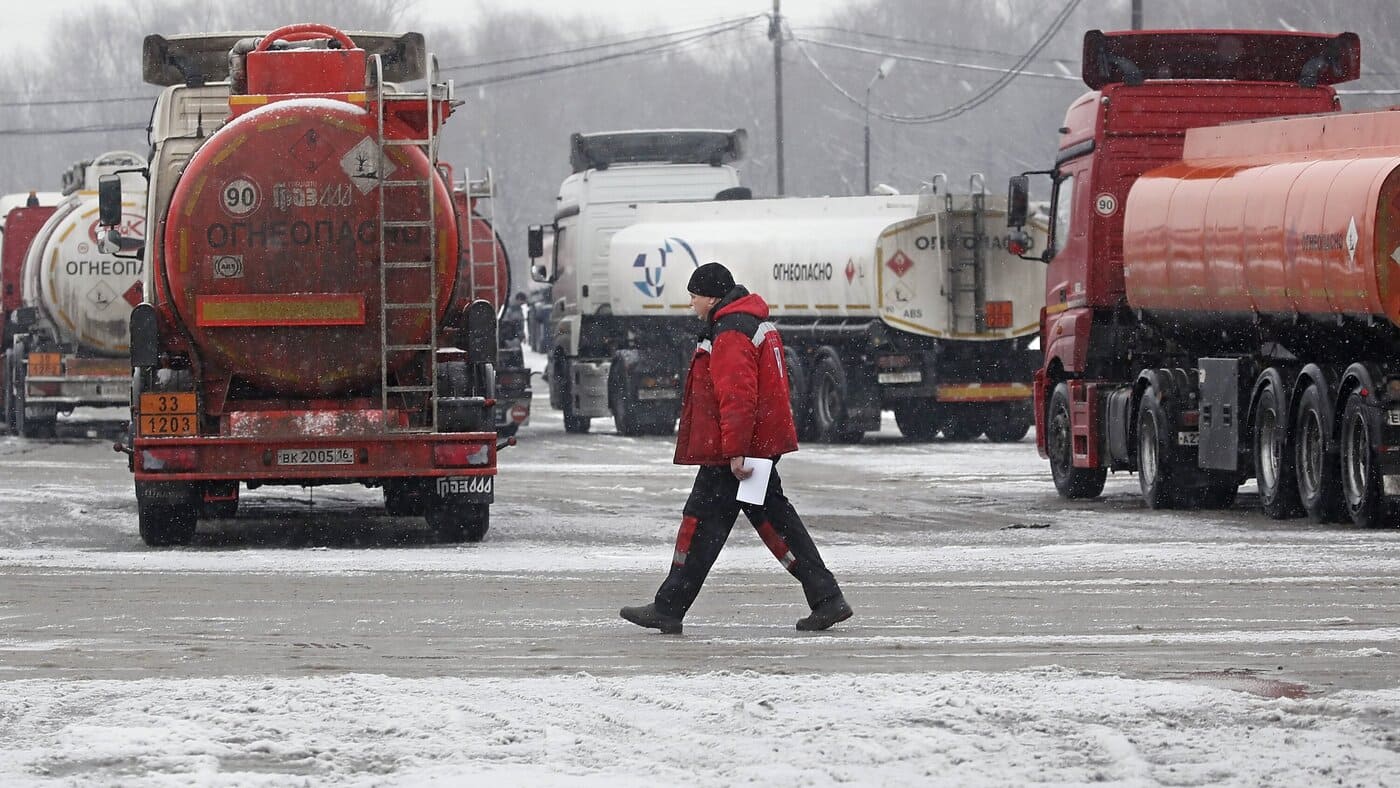Turkey’s imports of Russian diesel jumped during March 2023, taking advantage of the cheap prices offered by Moscow in the wake of European sanctions.
Flows exceeded 10 million barrels in March, nearly 50% more than in February, enough to meet the country’s demand for at least two weeks, according to information seen by the specialized energy platform, citing Bloomberg.
This shows that Turkey is loading millions of barrels of Russian diesel that EU countries can no longer buy, after the EU imposed sanctions in early February banning the purchase of seaborne imports of Russian fuel in response to the invasion of Ukraine.
Since Turkey still imports diesel legally from Russia, traders can bring in relatively cheap barrels to meet the country’s energy needs, and at the same time, Turkish production can be sold at a higher price to the EU.
Türkiye’s imports of Russian diesel
“Turkey benefits the most because it gets the struggling Russian diesel,” said Eugene Lindell, head of refined products at consultancy Facts Global Energy, adding that it also means Russia has found a buyer for its supplies.
And while Turkey’s overall imports increased in March, bolstered by shipments from Russia, its exports were relatively flat, according to the specialist energy platform.
The situation could also be complicated by the maintenance of the refinery, which justifies the need for more imports to meet Turkish demand, which the Joint Organizations Data Initiative (JODI) puts at 560,000 bpd for December 2022.
It is also difficult to measure the impact of the recent devastating earthquakes on the country’s diesel import needs.
Lindell said: “The only logical conclusion about Turkey is that the refining system is operating at much lower levels .. It remains to be seen whether this is related to the earthquake or not.”
The following graph – prepared by the specialized energy platform – shows Russia’s exports of oil and petroleum derivatives by region:
Russian diesel exports to the Middle East
In a related context, ship tracking data showed that record quantities of Russian diesel flowed to the Middle East in March, as traders benefited from lower prices for storing fuel in the UAE and Saudi Arabia’s Fujairah hub, which boosts exports.
At least 500,000 tons of fuel were offloaded in Fujairah and Saudi Arabia in March, compared to almost no Russian supplies a year ago, according to information seen by the specialized energy platform, citing Reuters.
The Middle East accounted for just over 10% of Russian exports loaded in February and March.
Saudi Arabia imported about 261,000 tons of Russian diesel in March and early April, the largest volume it has ever received from Russia.
Refinitiv and Vortexa data showed that one of the shipments went to Ras Tanura, while 3 shipments were unloaded in Jeddah.
The shipments had to head away from Europe, after the old continent banned imports of Russian oil and petroleum products in December 2022 and February 2023, respectively.
Restrictions on access to Western insurance and ships made it difficult to sell Russian oil, as traders chose to store the oil in centers such as Fujairah before re-exporting it.
Promote exports to Europe and Africa
Data from Refinitiv showed that monthly diesel exports from the Middle East to Northwest Europe averaged over 1 million tons in the first quarter of 2023, up from 785,000 tons per month in the last quarter of 2022.
The data revealed that loaded exports in March to Africa reached a four-month high of 2.57 million tons, up from the monthly average of about 1.3 million in 2022, while volumes to Asia hit a new high for the month of March.
Saudi Arabia boosted its diesel exports from Yanbu and Rabigh, where Saudi Aramco operates joint venture refineries with ExxonMobil, Sinopec, Total Energy and Sumitomo Chemical, to Europe.
More exports could come from the Jizan refinery of Saudi Aramco, and the Kuwaiti Al-Zour refinery will boost production in the current year (2023), in addition to the Duqm project in the Sultanate of Oman, which will start work on it in the third quarter of 2023.
The following graph – prepared by the specialized energy platform – shows diesel exports from the Middle East to Europe:


Leave a Reply